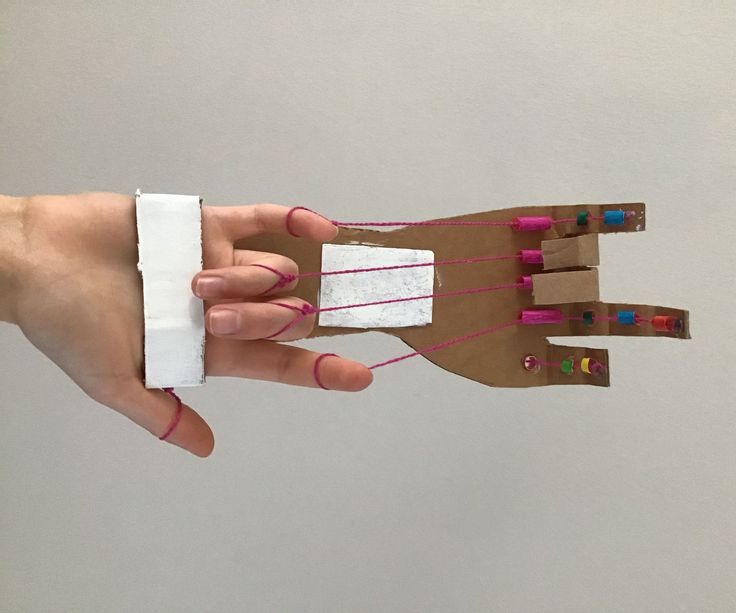Thermal energy, or heat energy, is an important concept in science, and it’s essential for kids to grasp this topic. With hands-on activities, students can gain a better understanding of thermal energy and its effects. Here are 20 thematic thermal energy activities to engage and educate students of all ages.
1. Ice Cube Melting Race: Kids race ice cubes down an inclined surface to explore how heat affects melting rates.
2. Homemade Solar Oven: Students create a simple solar oven using a cardboard box and aluminum foil to harness the sun’s thermal energy.
3. Balloon-in-a-Bottle Experiment: Using hot water and ice water, kids explore how temperature affects air pressure.
4. Insulation Contest: Compete to see which material is best at insulating a container filled with ice.
5. Heat-Transfer Relay Race: Teams race to transfer heat from one container to another using spoons or other small objects.
6. Thermometer Craft: Children construct their own thermometers to study temperature changes over time.
7. Convection Currents Demonstration: Create convection currents in a tank of water with hot and cold sections.
8. Thermal Conductivity Investigation: Check which materials transfer heat more efficiently – metals, wood, plastics, or ceramics?
9. Freeze-Dance Exploration: Kids dance around while analyzing how movement generates body heat and increases overall temperature.
10. Lava Lamp Experiment: Make a homemade lava lamp to observe the continual movement of colored water in response to heating and cooling.
11. Friction Heat Observations: Students rub various objects together to feel the heat generated by friction.
12. Temperature-Induced Color-Changing Slime: Create slime that changes color based on its temperature using thermochromatic pigment powder.
13. Icy Marbles Experiment: Observe how applying thermal energy melts ice faster when salt is added to the mix.
14. Keep-It-Hot Challenge: Students build a device that retains thermal energy and maintains the temperature of a cup of hot water for an extended time.
15. Heat-Induced Rainbow Art: Make watercolor masterpieces using the heat of sunlight or a hairdryer to spread pigments on paper.
16. Melting Crayon Art: Use a hairdryer or oven to melt crayons and explore how heat affects solid materials.
17. Hot-Air Balloon Demonstration: Illustrate the concept of hot air rising with an easy balloon hovering experiment.
18. Pocket Hand Warmers: Teach students about exothermic reactions by making DIY hand warmers with iron, salt, and vermiculite.
19. Sound Bites Experiment: Show how different temperature levels influence sound speed by tapping on soda bottles filled with varying levels of hot and cold liquid.
20. Thermal Treasures Hunt: Coordinate a treasure hunt where participants must use their knowledge about thermal energy to locate hidden prizes via clues related to temperature changes or reactive materials.
These 20 thematic thermal energy activities will encourage students to learn more about this scientific concept while having fun and getting hands-on experience in the process.




